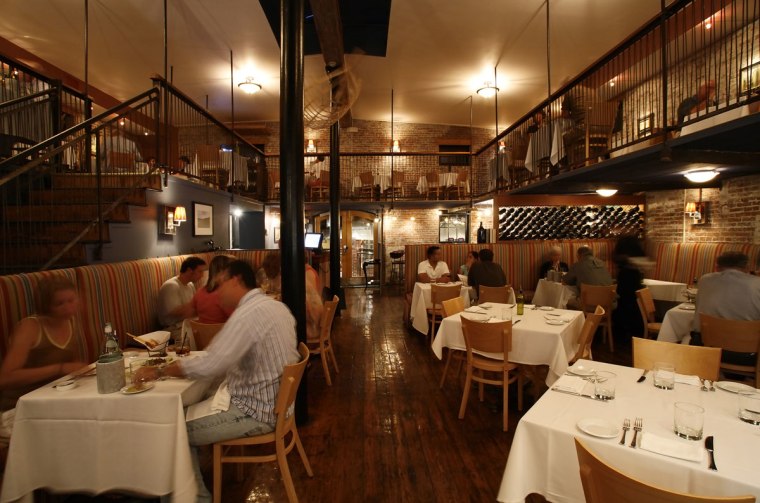We wouldn’t want every restaurant to be in the farm-to-table category. We’d have to fly to Hawaii to eat a pineapple.
But the ever-growing trend toward locally sourced meals is heartening for anyone who values eating well, not to mention saving the planet.
The eating-local idea began in the 1970s as a cult centered on Berkeley’s Chez Panisse (founded by “slow food” legend Alice Waters), eventually becoming a movement that inspired pilgrimages to militantly locavore destinations such as the Herbfarm, near Seattle, and Ontario’s Eigensinn Farms.
Now eating local is a full-fledged genre: nearly every major North American city—and plenty of college towns and enlightened suburbs and exurbs—can boast of restaurants that rely on area purveyors.
This allows a few bold chefs and proprietors to take the concept a step or two further, with stronger ties to farms and more evolved restaurant concepts.

“It’s incredibly easy to market farm-to-table” to potential diners, says Ryan Hardy, the executive chef at Montagna, in Aspen’s Little Nell Hotel. “But the important part is that it makes the food better, no matter what you’re trying to do.”
Hardy operates a 25-acre farm in nearby Crawford, where he raises livestock and grows everything from figs to squash and cherries. He even makes his own cheese. The Little Nell dinner menu changes nightly and often includes pastas made with Hardy’s own farm-raised eggs.
At Manresa, in Los Gatos, CA, David Kinch creates daring postmodern food—flash-fried ravioli stuffed with beet greens and coriander ice in a soup of barely cooked tomatoes—that wows eaters on its own merits. The fact that he sources his ingredients from a nearby farm that sells almost exclusively to him becomes relevant only when you try to divine why his ravioli is so delicious. “We don’t really talk about the farm unless someone asks,” Kinch says. “Its impact shows up on the plate.”
And Cinque Terre, in Portland, Maine, proves that locavores don’t have to limit themselves to night after night of indigenous cuisine. Chef/owner Lee Skawinski travels to Genoa every year to source recipes. Then he grows the ingredients on a nearby farm and replicates authentically Ligurian dishes an ocean away from where they originated, using Maine’s own meat and produce (naturally, lobster appears in the trenette pasta with summer squash).
These establishments own or control their own farms, but each exists as a restaurant first and a sociological statement only afterward. Their meals are their messages.
